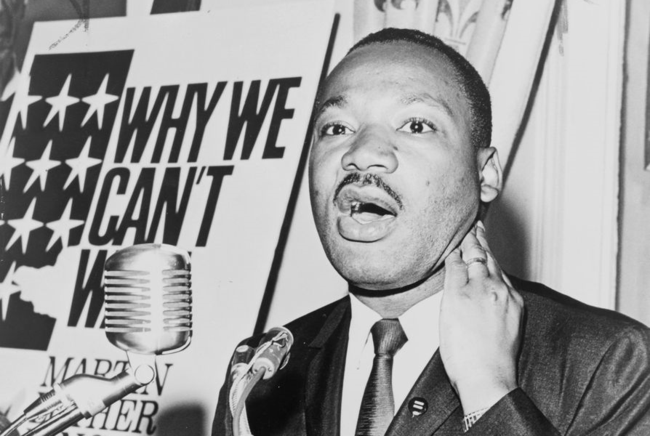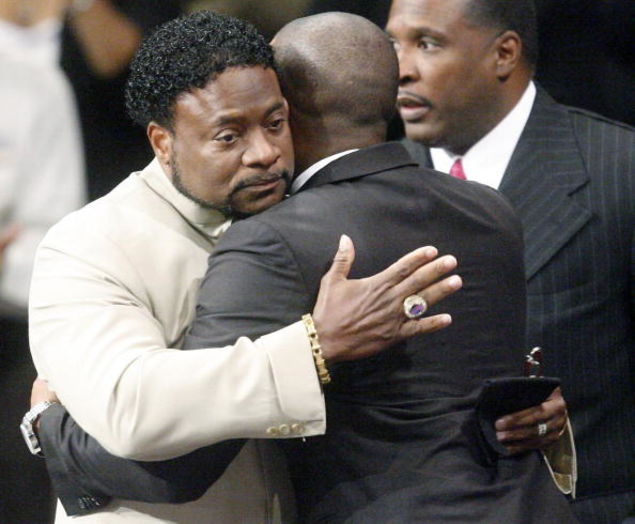
BY: Pastor Anthony Scott
First Baptist Church North Tulsa
In June 1964, Dr. Martin Luther King, Jr. wrote his book entitled, Why We Can’t Wait, in which he chronicled the momentum turning events that occurred during the Civil Rights Movement and recounts the struggle for freedom, justice, and equality through the lens of one particular city. The year prior to his writing was 1963, and Birmingham, Alabama was perhaps the most racially segregated city in the United States.
The timeline of 1963 included sit in demonstrations held during the months of March and April to protest segregation of eating facilities which subsequently led to the arrest of Dr. King and his eventual writing of the now famous Letter from a Birmingham Jail on April 16th. Following his letter, what has become known as the Summer of our Discontent revealed the eruption of civil turmoil in almost one thousand cities as a result of the social climate in American life reaching its boiling point.
A generation which felt freedom had a dull ring, and a mocking emptiness according to Dr. King, essentially wrote an emancipation proclamation to itself and shook off three-hundred years of psychological slavery and said, “We can make ourselves free.” This disillusionment was fueled by the fact that one hundred years prior, on January 1, 1863, President Abraham Lincoln signed a presidential proclamation and executive order that was supposed to set us free. Our discontent was further incensed in that nine years prior with the historic 1954 Supreme Court Decision, Brown vs. Board of Education, which was supposed to level the playing field in public education. Instead the “all deliberate speed” terminology for the majority meant never while the oppressed took that to mean now.
The constant flux of the pendulum swinging between elation and despair, renders a race of people who have been victimized psychologically by years of being in a posture of waiting while at the same time seeing social conditions deteriorating rather than improving forced them to pursue other actions to address their grievances.
In August of 1963, Dr. King and others organized and led the March on Washington which culminated in his landmark, I Have A Dream Speech. This dream while in process is still yet to be realized in complete reality. While some still seek still to murder the dream, Langston Hughes reminds us that dreams can be deferred but never annihilated.
On the brink of celebrating Dr. King’s birthday once again we are experiencing the birth of a modern movement much like the year 1963. This time it is not Birmingham, but Ferguson, Cleveland, Charleston, Baltimore, and even Tulsa. The quest for justice, fairness, and equality is still an unachieved reality. The stories of these cities remain the stories of America. The sojourn of a people violently taken from their distant land continues to thrust itself into the consciousness of this country. As Dr. King stated, “we must accept finite disappointment, but never lose infinite hope”. The Dream must continue.









